PREFACE BY THE AUTHOR
The primary purpose of this book is first and foremost to be a reply to the question asked
by many descendants of the large numbers of Slovenian immigrants: why did their ancestors
leave their native land in 1945 at the end of World War II? This was definitely not a case of
economic emigration, as in the old Slovenian rhyme “s trebuhom za kruhom” [the bread beckons
the belly]. The reply to the question is actually quite brief: to save their lives! Or, more accurately:
because the Communist Party had taken over their country; this Party had been making
plans for a revolutionary coup for a long time, long before the start of World War II, but in the middle of this war, as soon as Nazi Germany attacked the Soviet Union, the Party launched a Red Revolution, masquerading behind their cunning slogan, the duplicitous “Fight to Free the People”. [This Communist Party would and did kill everyone and anyone who stood in the way
of its drive to power. The Slovenian émigrés of 1945 were the ones who miraculously slipped
from their talons. So, although the reply is simple, the full tale is so complex that it needs a
book such as this for the telling.]
The answer to the question must be based on factual details, presented as objectively as
possible.
The form of this presentation serves the second purpose of this book: to acquaint the
people of other nationalities with what really happened in Slovenia during and after the
World War II.
The story would be incomplete unless a third objective was added: what eventually
happened to all these Slovenian postwar refugees? Where did the main bodies of refugees
go? Where did they settle down and make roots? How did they adjust to living in their new
countries? And how did it happen that the majority endeavored to never forget their native
land? For this reason, this work traces the trek to a foreign land, the Vetrinj tragedy, the
life and labor in the refugee camps in the initial postwar years, the dispersal across the
entire Western World, and the subsequent lives of these refugees in their dual characters:
as immigrants and simultaneously as political émigrés who continued to yearn and work
towards obtaining freedom for Slovenia and, during the last decade of the 20th century,
nearly unanimously played an active role in enabling Slovenia to become an independent
country.
Granted, there already exist many erudite books on the general theme and shorter treatises
more narrowly focused on its subtopics. However, the majority of these works have yet to be
translated into English or Spanish, the languages now spoken by the majority of the descendants
of those Slovenians who were forced to leave their country in 1945. This book is not a compilation
of personal narratives penned by émigré survivors, or the “oral history” of émigrés selected
for interviews, such as are found in the noteworthy book “Slovenia 1945 – Memories of Death
and Survival after World War II” authored by Corsellis and Ferrar. Testimonial-style writings like
these do not aspire to be achievements of some primary investigation through various archives
and libraries, and even less to present some new historical revelations. It’s all about making a
relatively brief work, composed on the basis of works listed in the bibliography
From what has just been said, it is understood that a written work is but some sort of
summarization from a most diverse set of works, and therefore a book reflects traces of these
sources. The credibility and persuasiveness of a work is in fact based on these traces.
This book attempts to describe events exactly as they occurred, that is dispassionately
(objectively). However, this never means that it must be indifferent (impartial): a truthful
and trustworthy presentation of events by necessity reflects only the facts, not every remotest
possible explanation for it. Historical deeds, whether they are words or actions, occur but once:
the truth cannot be anything but one! Multiple explanations might be proposed; however only
one approaches truthfulness and thus the truth!
A clue to the objectivity of this work lies in the diversity in the authors cited in this book:
from the so-called historians for the Communist Regime (Saje, Mikuž, Pleterski, Šnuderl,
et al.) to the “anti-Revolutionist” historians (Martinc-Debeljak, Kos-Jeločnik, F. Grum, S.
Pleško, J. Grum, et al.); from professional historians in the country (some from the book
“Temna stran meseca”, plus Godeša, Mlakar, Griesser-Pečar, et. al.) to former members of
the OF and the KPS (Bajt, Svetina, Vode, et. al.) whose numbers in recent times have been
steadily increasing.
The prospective reader was the criterion for every aspect of the design of this book: the
summary, the structure, the sequence of the chapters, and last but not least, the style of the
writing.
Jože Rant
